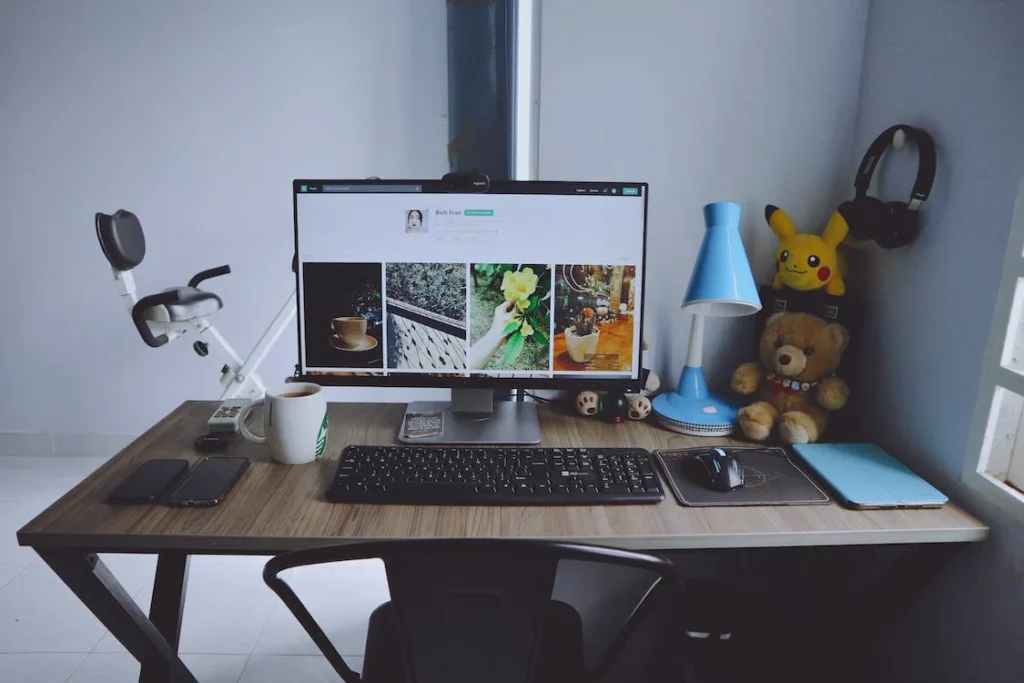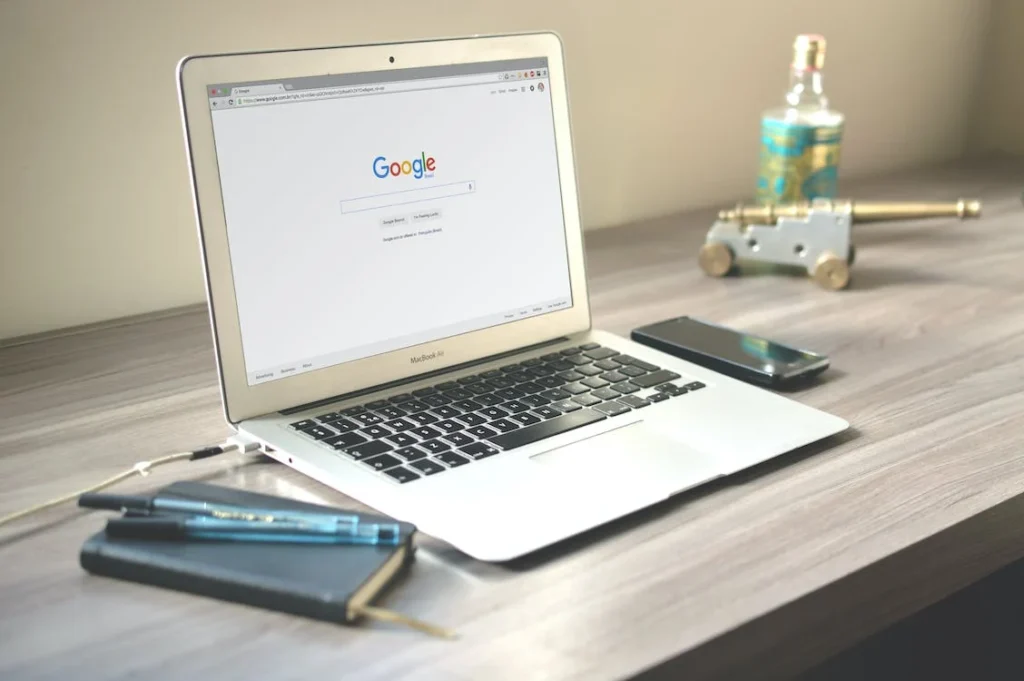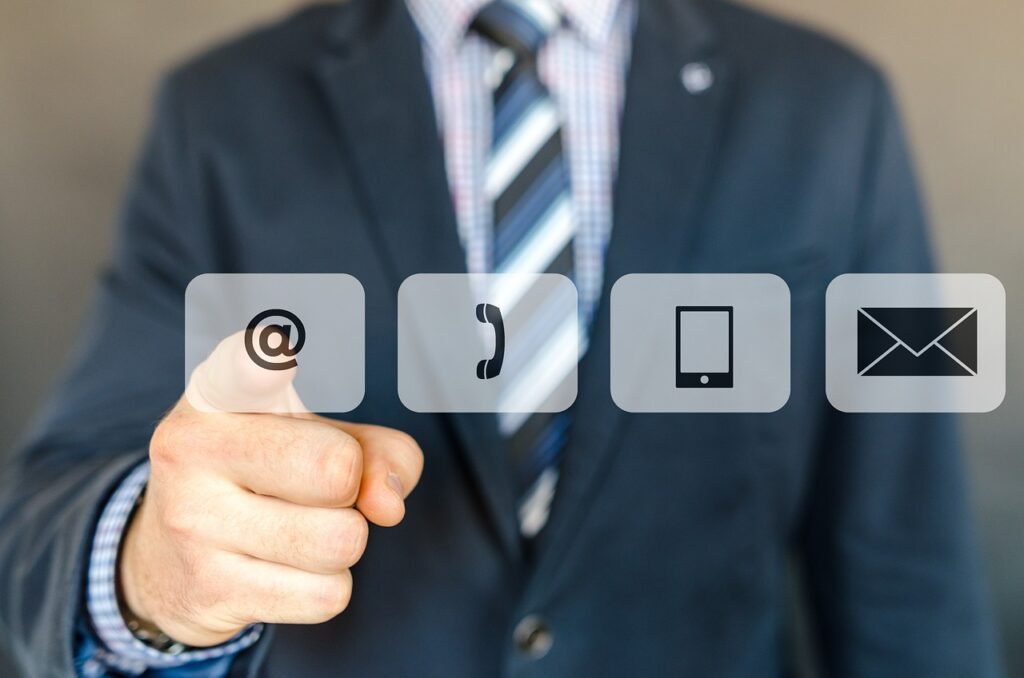In the vast and vibrant world of education, where learning and connectivity are the core, email marketing emerges as a pivotal tool, bridging the gap between institutions and their extensive communities. This isn’t just about blanket newsletters or generic updates; it’s about creating a dialogue with students and alumni that informs, involves, and inspires. Whether it’s a university reaching out to its alumni for support or a college updating current students about upcoming seminars, email marketing in the education sector is about nurturing a relationship that extends beyond the classroom. It’s about engaging with a community connected by shared experiences and aspirations, and most importantly, keeping that connection alive and active.
Understanding Your Audience: Segmenting Students and Alumni
To engage effectively through email marketing in the education sector, you must first understand the diverse nature of your audience. Students and alumni have different needs, interests, and motivations, and recognizing these distinctions is critical for crafting targeted messages.
The Student Body: A Diverse Demographic
Students are not a monolithic group; they range from undergraduates to postgraduates, part-time learners to online students. Segmenting your student body by their field of study, year, or participation in campus activities can help tailor content that appeals to their current academic life. For instance, freshmen might receive tips for navigating their first year, while seniors might get information on career resources.
Alumni: Engaging Across Generations
Alumni are spread across various stages of their post-educational life. Segmenting them by graduation year, degree type, or involvement with the alma mater can lead to more personalized and relevant outreach. Younger alumni may be interested in networking events, whereas those more established might be inclined to give back or participate in mentoring programs.
Personalization Through Data
Collecting data through surveys, engagement in previous emails, and participation in school events can provide valuable insights for segmentation. A well-maintained database that includes these details serves as the foundation for a strong email marketing strategy. With this data, you can ensure that each email speaks directly to the recipient’s interests and relationship with the institution.
Creating Content That Resonates: Educational Updates, Success Stories, and More
Content is the core of your email marketing efforts. For the education sector, it must be enlightening, enriching, and engaging, providing a blend of informational and emotional value.
Educational Updates and Opportunities
Keep your community informed about new courses, faculty research breakthroughs, and educational opportunities. For current students, this might include updates about curriculum changes or new study resources. For alumni, it could involve sharing notable advancements or achievements that showcase the institution’s growth and excellence. For example, a university could spotlight a recent grant awarded to a professor’s research project, highlighting the institution’s commitment to innovation and excellence.
Showcasing Success Stories
Success stories serve as powerful testaments to the value of the education provided. They inspire current students and instill pride in alumni. Share stories of alumni accomplishments, student-led initiatives, or community outreach programs. This not only provides engaging content but also strengthens the readers’ connection to the institution by showing the real-world impact of their education or support.
Invitations to Participate
Involve your audience by inviting them to events, whether they’re webinars, guest lectures, or reunion weekends. For alumni, extend invitations to contribute to the community through mentorship programs, guest speaking opportunities, or fundraising events. Make sure to highlight how their participation adds value to the institution and enriches the student experience.
Resources and Lifelong Learning
For alumni, the relationship with the institution can be one of ongoing education and resources. Offer content that aids in professional development, such as industry insights, career tips, or continued learning opportunities. This reiterates the institution’s commitment to their long-term success and fosters a sense of lifelong connection.
Design and Delivery: Ensuring Your Emails Stand Out
In a crowded inbox, your email’s design and delivery are pivotal in capturing attention. From the visual appeal to the timing of the send-out, every element should be crafted to stand out and resonate with recipients.
Design That Engages
An email for the education sector should strike a balance between professionalism and creativity. Use your institution’s colors and logo to maintain brand consistency. Include images such as campus shots or event photos to create a visual connection with readers. Layouts should be clean and easy to navigate, with clear headings and bullet points that allow for quick reading. For example, an email update from a college could feature an eye-catching header image of the campus, drawing in the reader with a familiar and nostalgic scene.
Responsive and Accessible
With the prevalence of mobile device usage, ensure your emails are responsive and can be easily read on smartphones and tablets. Accessibility is also crucial; use alt text for images and ensure that font sizes and colors are readable for all audiences, including those with visual impairments.
Timing Your Communications
The timing of your email can be as critical as its content. Analyze when your audience is most likely to engage with emails. Are students more likely to check their emails in the evening? Are alumni more responsive during work hours? For instance, sending a newsletter to alumni over the weekend might catch them when they have more leisure time to engage with your content.
Personalized and Targeted Delivery
Segment your email list to ensure that the right messages reach the right audience. Personalize the delivery based on the user’s history with the institution. A personalized subject line or opening can increase the likelihood of the email being opened. For instance, addressing an alumnus by name and referencing their graduation year can instantly create a personal touch.
The Art of the Call-to-Action: Mobilizing Students and Alumni Engagement
A well-crafted call-to-action (CTA) is the catalyst that transforms a passive reader into an active participant. It’s the bridge between interest and action, guiding your audience toward the next step you want them to take.
Crafting Clear and Compelling CTAs
Your CTA should be unmistakable and aligned with the objectives of your email. Use action-oriented language that motivates readers, such as “Join,” “Discover,” “Support,” or “Register.” For example, if the goal is to encourage alumni to attend a fundraising event, a CTA like “Reserve Your Spot at the Gala” is direct and creates a sense of exclusivity and urgency.
Strategically Placing CTAs
Place your CTAs in positions where they are easily found and likely to be clicked. This could be at the end of a compelling piece of content or alongside a relevant article. Ensure that CTAs stand out visually, using buttons or contrasting colors to draw attention. In a newsletter sharing recent research breakthroughs, you might include a “Learn More” button that leads to detailed articles or videos.
Personalizing CTAs for Increased Relevance
Personalization can significantly boost the effectiveness of CTAs. Segment your audience and tailor CTAs based on their relationship with the institution. For students, a CTA might encourage joining a new campus initiative, while for alumni, it might be about attending a networking event. Personalized CTAs show that you understand and cater to the unique journey of each segment within your community.
Measuring CTA Performance
To understand how your CTAs are performing, track metrics such as click-through rates and conversion rates. This data can inform you which CTAs resonate best and which may need tweaking. For instance, if an email aimed at alumni has a low click-through rate on a donation CTA, you might test different wording or offer additional context to increase its effectiveness.

Related: Check out our free SEO suite

Maintaining Momentum: Strategies for Consistent Engagement
To build a lasting relationship with your audience, consistent engagement is crucial. It’s about keeping the conversation going, not just during key events but throughout the academic journey and beyond.
Regular and Predictable Email Schedules
Establish a regular cadence for your newsletters that your audience can anticipate. Whether it’s a monthly update or a weekly digest, a predictable schedule keeps your institution at the top of their minds. For instance, a monthly newsletter could recap notable campus events, share faculty achievements, and spotlight outstanding students or alumni, providing a steady stream of engaging content.
Leveraging Milestones and Celebrations
Capitalize on academic milestones and seasonal events to create themed content that resonates with the cyclic nature of educational life. Celebrate the start of a semester, homecoming week, graduation season, and holiday breaks with special editions of your newsletter that align with these periods. For alumni, recognizing class reunions or significant anniversaries can evoke nostalgia and strengthen their emotional connection to the institution.
Encouraging Two-Way Communication
Invite your readers to engage by asking for their input, suggestions, or stories. This could be through surveys, polls, or calls for submissions that can be featured in future newsletters. A “Letters to the Editor” section or an “Alumni Voices” column can transform your newsletter from a one-way communication channel into a vibrant community forum.
Continuously Refreshing Content Ideas
Keep your newsletter fresh by exploring new content formats and ideas. Incorporate student or faculty guest writers, share multimedia like campus vlogs, and offer downloadable resources such as study guides or alumni career guides. Fresh content keeps subscribers curious about what they’ll discover in each issue.
Analytics and Adaptation: Refining Your Email Strategy Over Time
A successful email marketing campaign is a work in progress that evolves with your audience. Using analytics to understand the impact of your newsletters and adapting your strategy accordingly is key to long-term engagement.
Understanding Key Metrics and Their Implications
Dive into the analytics of your email campaigns to evaluate performance. Open rates can indicate how compelling your subject lines are, while click-through rates can tell you how engaging your content is. Look at conversion rates to understand the effectiveness of your CTAs and keep an eye on unsubscribe rates to manage the health of your list. For instance, if a particular issue has unusually high open rates, analyze what set it apart—was it the subject line, the timing, or the featured content? Use these insights to replicate success in future campaigns.
A/B Testing for Continuous Improvement
Implement A/B testing to refine elements of your newsletter. Test different subject lines, images, content layouts, and CTAs to see what works best. By systematically testing and learning from the outcomes, you can make data-driven decisions that enhance the effectiveness of your newsletters. For example, you might test two different subject lines for the same newsletter and send each version to a segment of your list. The results can guide the development of future subject lines that are more likely to increase engagement.
Seeking and Incorporating Feedback
Encourage and value feedback from your readers. Use surveys or feedback forms to gather insights and make sure to act on the suggestions where possible. Direct feedback from your audience is one of the most valuable tools for improvement. For instance, if alumni express a desire for more networking opportunities in a survey, consider adding a regular feature that highlights different alumni each month, facilitating connections within your community.
Adapting to Trends and Audience Needs
Stay current with trends in email marketing and in the education sector. Adapt your content to meet the evolving needs and interests of your audience. By remaining flexible and responsive to change, your newsletters will continue to be a relevant and valued resource.
Conclusion
Email newsletters are a unique blend of tradition and innovation, serving as a vital link between educational institutions and their students and alumni. Crafting newsletters that engage and inform requires a deep understanding of your audience, a commitment to delivering value, and the flexibility to adapt to feedback and changing trends. Remember, the goal of your email marketing efforts is to foster a community around your institution—a community that supports each other, celebrates collective achievements, and carries the spirit of learning forward. With the strategies outlined in this guide, your newsletters can become more than just emails; they can be a highlight in your audience’s inbox, sparking joy, nostalgia, and engagement. Whether you’re announcing groundbreaking research, sharing success stories, or rallying your alumni for support, your newsletter is a powerful tool that can strengthen ties and make a lasting impact. Use it wisely, nurture the connections it creates, and watch as your educational community grows and thrives in response.
READ NEXT:
- Let’s Discuss How We Can Help Improve Your Business
- Design Branding: Merging Aesthetics with Brand Identity for Maximum Impact
- How to Use Crowdfire: An Explainer
- The Power of Personalization in Content Marketing: A Guide to Getting it Right
- How Evvy Can Boost their Website Traffic to 10k in 3 Months! (Our Take!)






















Comments are closed.